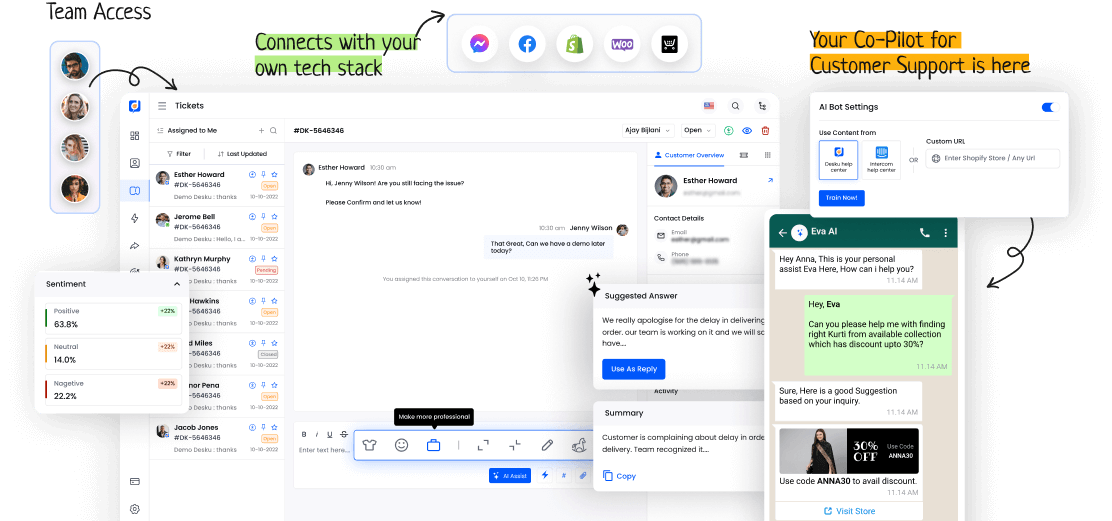Metrics are critical in measuring performance and guiding decisions in organizations. They act as the numerical backbone, helping evaluate progress and effectiveness. They provide a way to assess strategies and initiatives.
Yet, we must ask: how can we ensure the metrics we choose accurately show the success or problems of a process or system? This is when picking and understanding metrics becomes complex. It needs a deep grasp of not just the numbers, but also the context they are in.
I. Understanding Metrics Definition
Knowing metrics is key in any analysis or evaluation process. They are measures we can count, used to judge performance, follow progress, and make wise choices.
Simply put, a metric is a set measurement that helps in checking a specific part of a process or system. These measures give useful insights into how well and how easily operations are carried out.
II. Importance and Application of Metrics
Metrics hold a key role in offering clear insights and steering decision-making in many industries.
- Metrics help analyze data to spot trends and patterns.
- They support tracking performance to gauge progress and success.
- Metrics aid in assessing how effective strategies and initiatives are.
- They allow organizations to make smart choices based on measurable information.
III. Interpreting and Utilizing Metrics Effectively
Metrics interpretation and use are crucial for organizations that want to make smart decisions and boost performance. Correct data interpretation helps spot trends, strong points, and areas that need improvement.
When deciding, consider the context of metrics collection and analysis. Effective use of metrics allows organizations to tweak strategies, assign resources wisely, and enhance performance and results overall.









